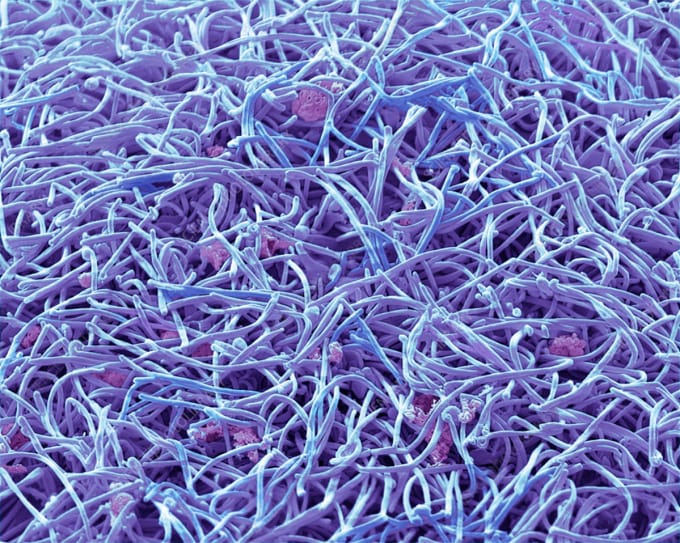India Records First Cases of HMPV Infection, Authorities Urge Vigilance

India has reported its first three cases of Human Metapneumovirus (HMPV) infection, prompting health authorities to closely monitor the situation. The cases, confirmed by the Indian Health Ministry on January 6, include two infants from Karnataka and one from Gujarat. This development comes amid concerns over rising respiratory infections in China, which have drawn global attention and raised fears of a potential health crisis reminiscent of Covid-19.
Details of the Cases
The two cases in Karnataka involve a three-month-old girl with a history of bronchopneumonia and a six-month-old boy who was hospitalized with symptoms of fever and breathing difficulties before testing positive for HMPV. In Gujarat, the virus was detected in a two-month-old boy admitted to the hospital on December 24 with respiratory infection symptoms.
Despite these cases, Indian Health Minister JP Nadda has reassured the public, emphasizing that HMPV is not a new virus. First identified in 2001, HMPV has been circulating for years and typically causes mild respiratory symptoms. It spreads through the air and affects people of all ages, particularly during the winter and early spring months.
Government Response and Preparedness
Minister Nadda stated that India’s healthcare system and surveillance network remain vigilant and are fully prepared to address emerging health challenges. He clarified that there is no cause for alarm, as the country has not experienced a sudden surge in infections or hospital overcrowding. The government is also closely monitoring the situation in China and neighboring countries to stay ahead of any potential outbreaks.
In Delhi, health authorities have issued guidelines to prepare for possible HMPV-related challenges. Dr. Vandana Bagga, Director General of Health Services, convened a meeting with district health officials to discuss readiness for respiratory illnesses. The government has affirmed that India is well-equipped to handle seasonal winter-spring diseases.
What is HMPV?
According to the U.S. Centers for Disease Control and Prevention (CDC), HMPV belongs to the Pneumoviridae family, the same family as Respiratory Syncytial Virus (RSV). It typically causes upper and lower respiratory infections, with symptoms resembling the common cold or flu, such as cough, fever, nasal congestion, and shortness of breath. While most cases are mild, severe infections can occur, particularly in young children, the elderly, and individuals with weakened immune systems.
Preventive Measures
Health officials in Karnataka have advised the public to take precautions to prevent the spread of HMPV. Recommendations include:
- Covering the mouth and nose when coughing or sneezing.
- Washing hands frequently with soap and water.
- Avoiding public places if experiencing symptoms.
- Refraining from reusing masks and avoiding close contact with infected individuals.
- Not sharing towels or bedding with others.
Treatment and Outlook
Currently, there is no specific antiviral treatment for HMPV. Medical care focuses on managing symptoms, such as ensuring adequate rest, hydration, and using over-the-counter medications to alleviate discomfort. Health authorities emphasize the importance of early detection and symptomatic treatment to prevent complications.
Conclusion
The detection of HMPV in India highlights the ongoing need for vigilance in monitoring respiratory infections. While the situation remains under control, the government’s proactive measures and public awareness campaigns are crucial in preventing potential outbreaks. As the world continues to grapple with emerging health challenges, India’s preparedness and response serve as a reminder of the importance of robust healthcare systems and timely interventions.
Source: Times of India